Inspired by the recent release of the new Yamaha SG guitars, I thought I’d write a review of my old Yamaha SG1500. The Yamaha SG range: known as the “Les Paul Killer”!
I purchased this guitar for £300 on eBay a few years back. It was posted from Australia which was fine except when I tore off the packaging, a huge Australian spider scurried out to hide under my sofa. Needless to say, I freaked. With images of the movie “Arachnophobia” racing through my mind (where a South American spider “mates” with a common house spider producing some-kind of killer 8 legged freak), I quickly proceeded to exterminate the illegal immigrant with the bottom of my Nike Air. Once the remains were discarded I took delight in (cautiously) opening the original Yamaha guitar case to lay eyes on my first ever purchase of a “vintage” guitar.
I’ll hold my hands up straight away and say I’m no expert when it comes to the Yamaha SG. If the SG3000 is the all singing, all dancing, top-end model, and the SG2000 is viewed as the “SG Standard”, then the 1500 can be seen as the no-frills little brother to the SG2000. If you remove the “fancy” options of the SG2000 (coil-tap on the pickups, block inlays etc) and get back to basics, you have the SG1500. This guitar still features the traditional Yamaha set neck that travels through the length of the body, two hot humbuckers, a three-way toggle switch and two volume and tone controls.
I’m sure my version had a maple cap but I could be wrong – I’ve heard that the 1500 differed over the years, some with/without the maple cap, some with/without the coil tap, so it’s a bit difficult to actually nail what years produced what features. If there are any Yamaha SG experts out there, please add your comments below as I’d love to know.
This SG1500, as I imagine with all Yamaha SGs, was easy to play – but with one huge drawback; the weight. I can’t comment on the new range of SGs but this model weighed an absolute ton. I struggle with shoulder tension at the best of times, which can sometimes lead to headaches, but no word of a lie – the main reason I sold this guitar was purely down to the fact it used to break my back after playing it for long durations – it gave me terrible neck ache / shoulder pain.
On the flipside about the weight, this guitar has a reputation of producing huge sustain. My guitar was no exception as it used to hold a note for such a long time. I’m quite a fan of sustain, especially on the neck pickup and this managed it with ease.
For quite a few months I swapped out the stock pickups for some Bare Knuckles (Mules) and when I took the stock pickups out, the pickup baseplate had the lettering SG1500 stamped into it which I thought was fantastic and really gave it an authentic feel.
The Mules were great in this guitar but it was when I put the original pickups back in, I realised the SG1500 pickups are pretty hot and the guitar just turned into a complete rock machine. The bridge pickup was amazing and really cut through the mix.
Strangely with this guitar though, and I don’t think it’s the same for all Yamaha SGs, there was a nasty “ring” every time I strummed a chord, as if a component was resonating but in a particularly horrid manner. My local guitar technician had no idea what it was and after persevering with the instrument I ended up selling it back on eBay.
This was a 30+ year old guitar and apart from a few dings and scratches it was in good condition. It’s a very solid guitar and doesn’t look like it’ll let you down in a hurry.
I love the look of the Yamaha SG – they look really muscular and solid. My SG1500 sounded hot and had serious sustain. The “ringing” when strumming a chord was annoying though and I wonder if it had been dropped or broken previously, causing it to sound this way.
If you can handle the weight, you will have a solid, well built tone machine that will easily take on the might of the Les Paul. I’m not too sure if it would win the battle but the Yamaha SG would easily put up a fight.
I’m a bit wiser when it comes to playing the guitar these days, especially after playing my Gibson SG for a while. Looking back on the time when I owned the Yamaha SG, I feel like I ever really got the best out of it. That’s nothing to do with the guitar; it was down to my lack of skill and experience of playing a guitar of this calibre.
I just wish I knew then what I know now – over the past year or so I’ve learnt to further enhance dynamics and tonal variations by adjusting the volume/tone controls of the guitar and utilise the pickup options throughout the duration of a song. This has especially been developed since I started to use a Marshall Vintage/Modern amp and if I’d taken that approach when I owned the SG1500, I think I’d have got so much more out of the instrument.
I still get excited by the Yamaha SG and I love it that Yamaha are still producing the range. Would I like to own one again? Definitely – they’re great instruments, as long as you can handle the weight.
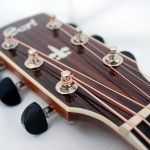
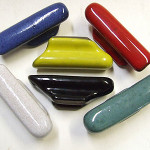

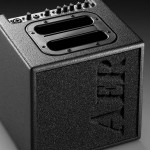
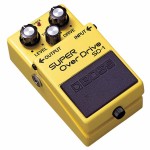
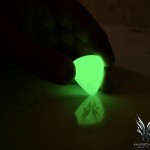
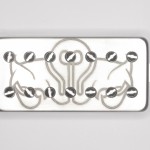

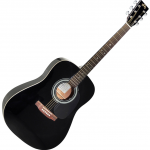
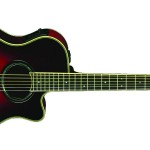
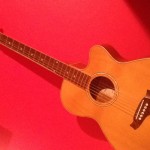
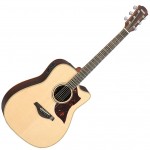
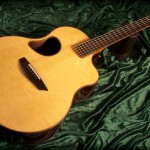
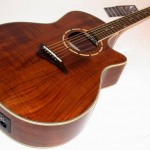
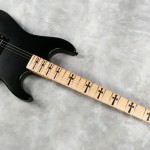

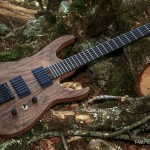
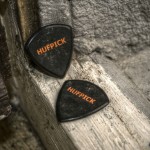
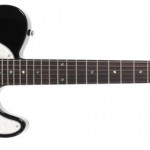
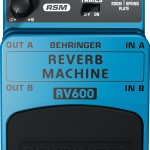
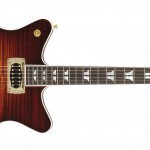
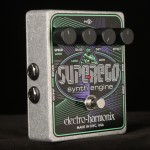
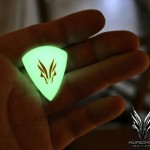
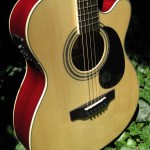
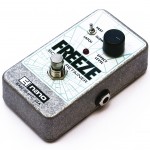
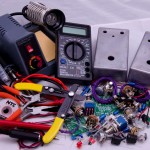
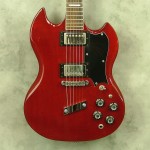
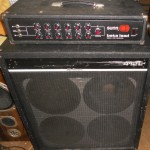
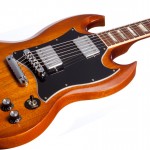
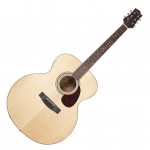
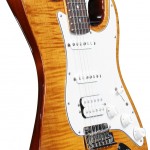
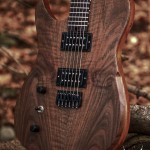
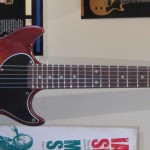
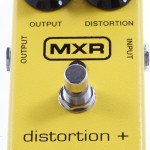
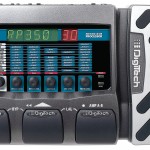
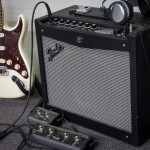
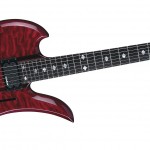
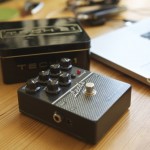
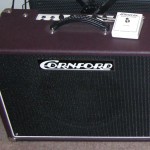
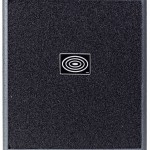
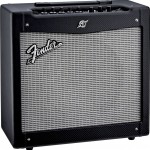

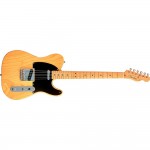
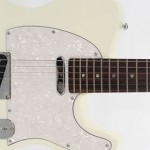
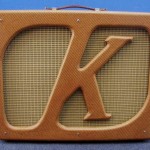
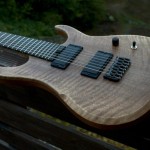
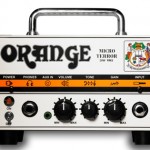
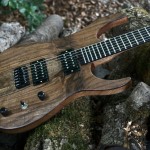
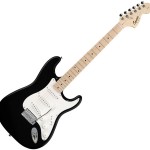

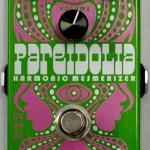
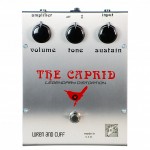
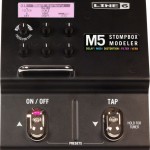
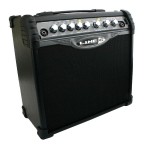
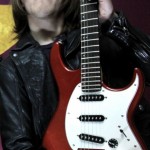
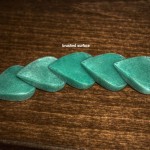
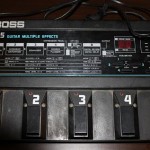
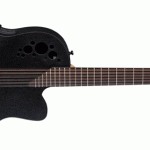
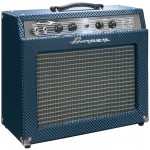
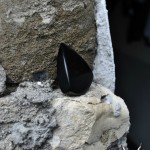

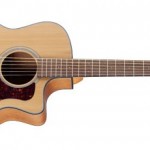
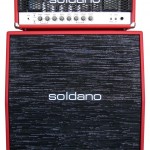
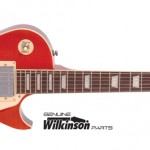
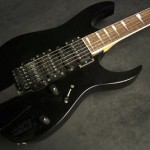
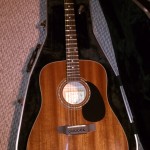
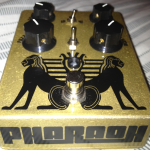
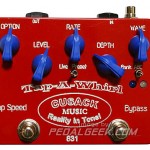
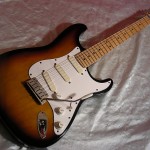
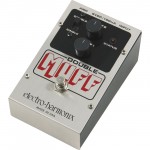
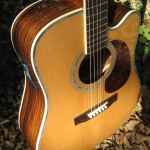
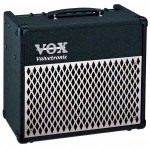
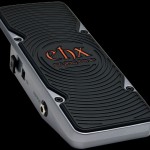
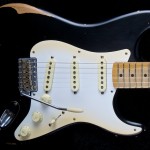
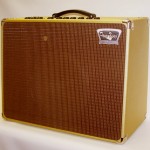
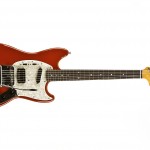
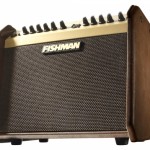
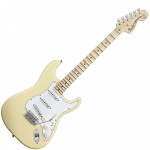
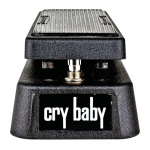
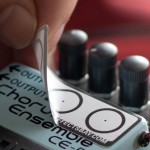
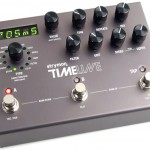
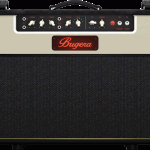
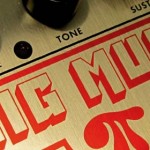
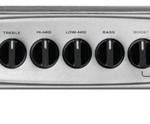
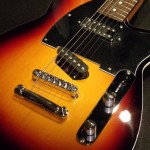
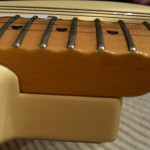
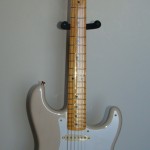
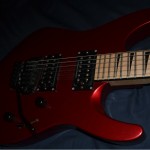
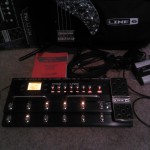
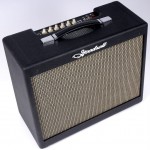
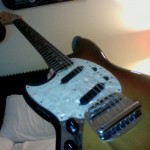
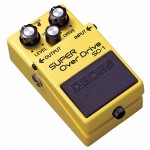
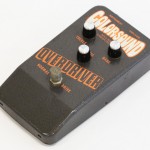
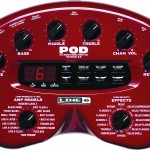
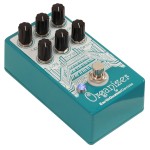
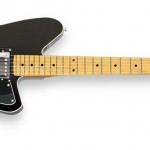
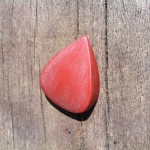
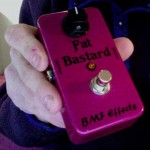
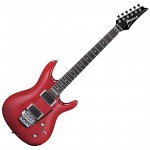
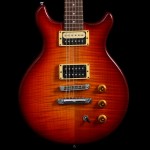
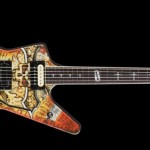

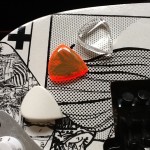
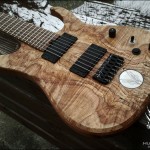
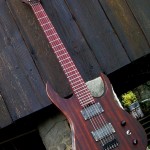
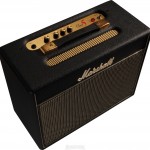
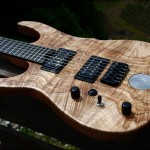
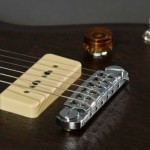
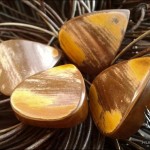
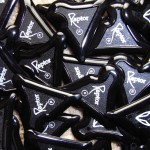
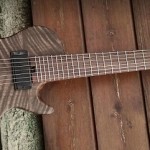
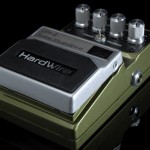
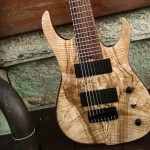


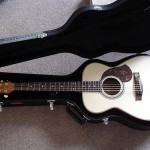

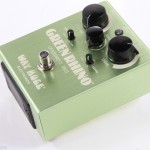
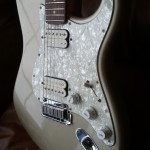
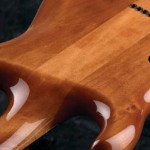
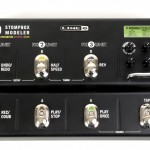
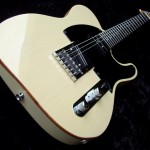
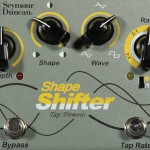
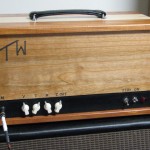

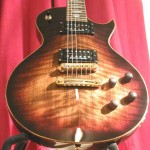
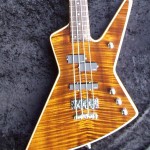
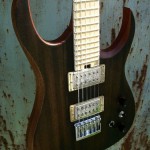
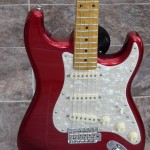
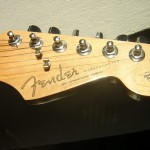
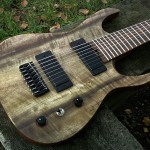
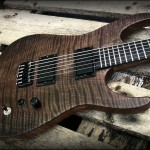

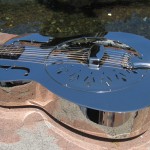
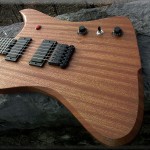
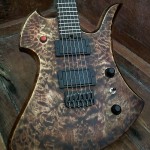
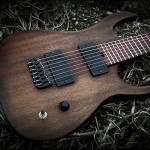


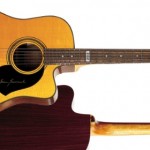
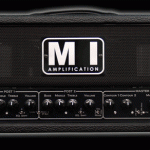
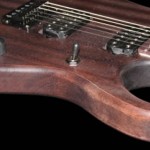
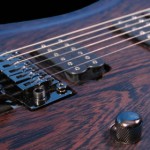
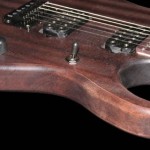
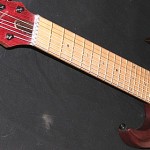
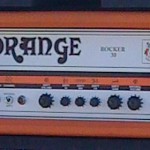


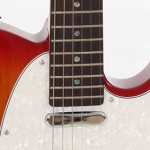
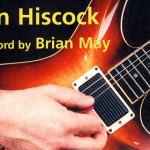
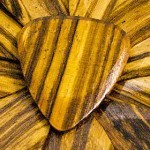
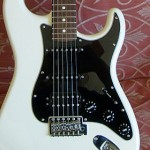

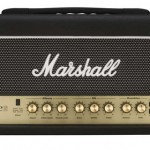
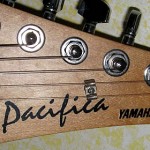
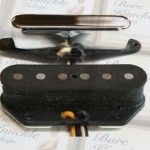
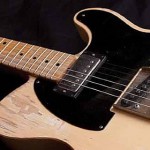
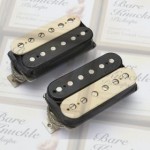
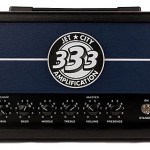
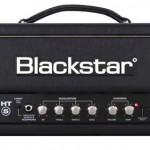
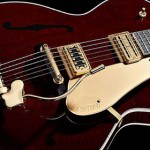
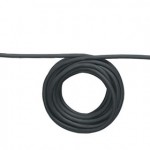


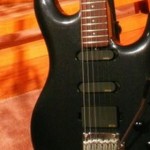
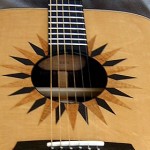
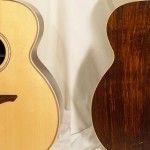
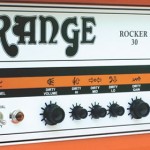
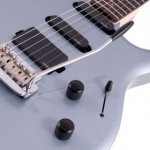
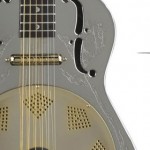
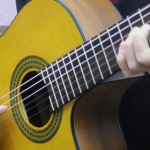
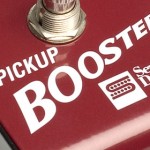
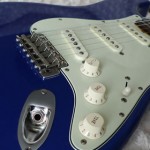
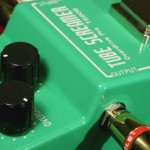


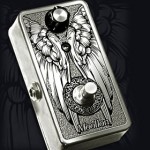
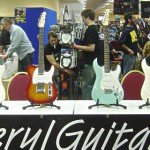
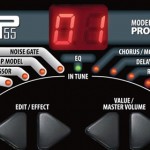
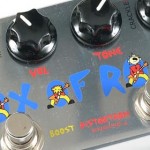
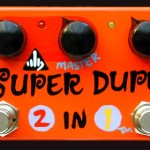
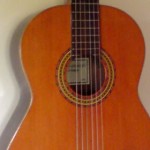
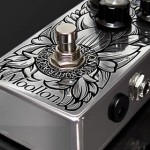
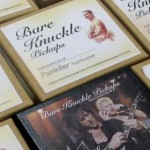
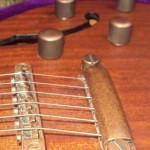
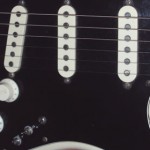
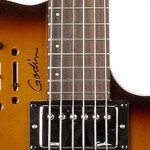
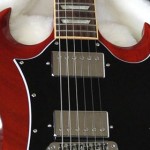
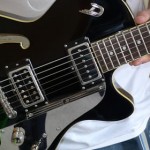

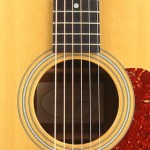
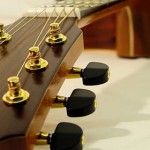


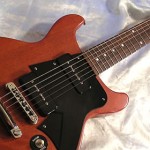
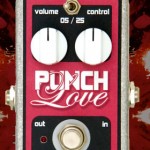
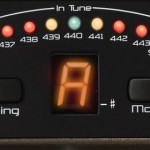
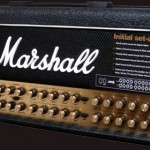
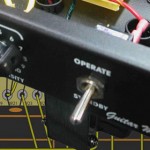
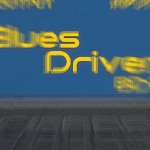
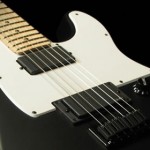
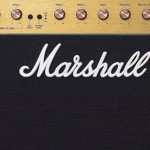

11:50:50 am
Great to read this.
I have a SG1500 which, like you, comprised my first ever vintage guitar and by far the most serious instrument I’ve owned this far. I had 2 Epiphones, a LP flametop standard and a black 335-type with very decorative inlays etc. – selling both of those almost gave me enough to get my 1500. In fact I had the choice of a 1000 and a 1500. I preferred the look of the sunburst 1000, but the 1500 just felt that bit better. Now, after owning it for around 18 months I have at last placed it with a luthier to get it really set up well, as it is not playing as well as it should be!
I think it was played very little before I got hold of it – the first few frets have been stoned down but not the rest of the neck, and there are completely flat spots high up the neck. I knew this when I purchased it, but assumed / hoped (correctly as it’s turned out) that the instrument itself is completely sound, just not been looked after. Also, the paintwork is ‘foggy’ a sure sign of being left in a case with humidity taking its’ toll. A real shame, as the guitar is a beautiful cherry finish. The only way this can be fixed is a complete stripdown! Aside from this, mine has a few dinks and a little buckle marking. A perfect example would have been nice, but of course even more expensive!! Yes they are very heavy, so I can empathise with the need to sell if you have back problems. Mine has the block inlays, and no scratchplate btw.
A fine instrument that seems to deserve its’ title of “Les Paul Killer”!!
12:26:40 pm
I bought a Yamaha SG 1500 when I was stationed on Okinawa, Japan in 1975. I played it and found it to be what they say it is today. A lot of sustain and simply a beautiful guitar. It is heavy to play standing but that’s another story. I still own it but I switched over to bass guitar and I let it rest at least for a little while.
3:18:49 pm
I don’t see why people are even mentioning a Les Paul in the same breath as an SG1500, the Gibson guitars I’ve seen recently are very shoddy pieces of work whereas the Yamaha SG range are real quality products.
A recent new Les Paul I had the misfortune to come into contact with needed: the nut lowering, some trussing, the machine heads tightening, bridge adjustment for action and intonation and Gibson had left a small piece of wood between the maple cap and the body which rattled around cheaply.
A Gibson guitar is basically the beginning of a project, the start of which involves being insulted by the price whereas top end Yamahas can be played from the box. It’s amazing what we’ll pay for that Gibson logo on the headstock!
3:37:05 pm
You may be interested in reading this Guitar Jar article: Are USA Standard Fender & Gibson Guitars Overpriced?
9:19:59 am
I have the limited edition version with extra switch by the volume & tone controls.
I have had this guitar since 1986 brought it off a friend.
12:14:52 pm
I bought one in Germany during a guitar exebithion for only Eur. 225.
Very expensive but ok I like the guitar.